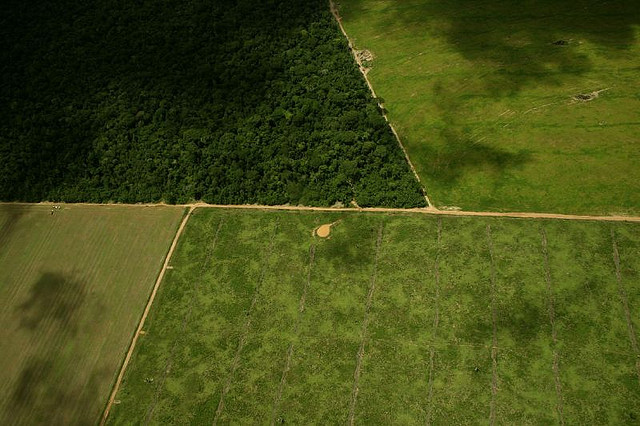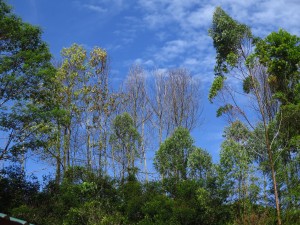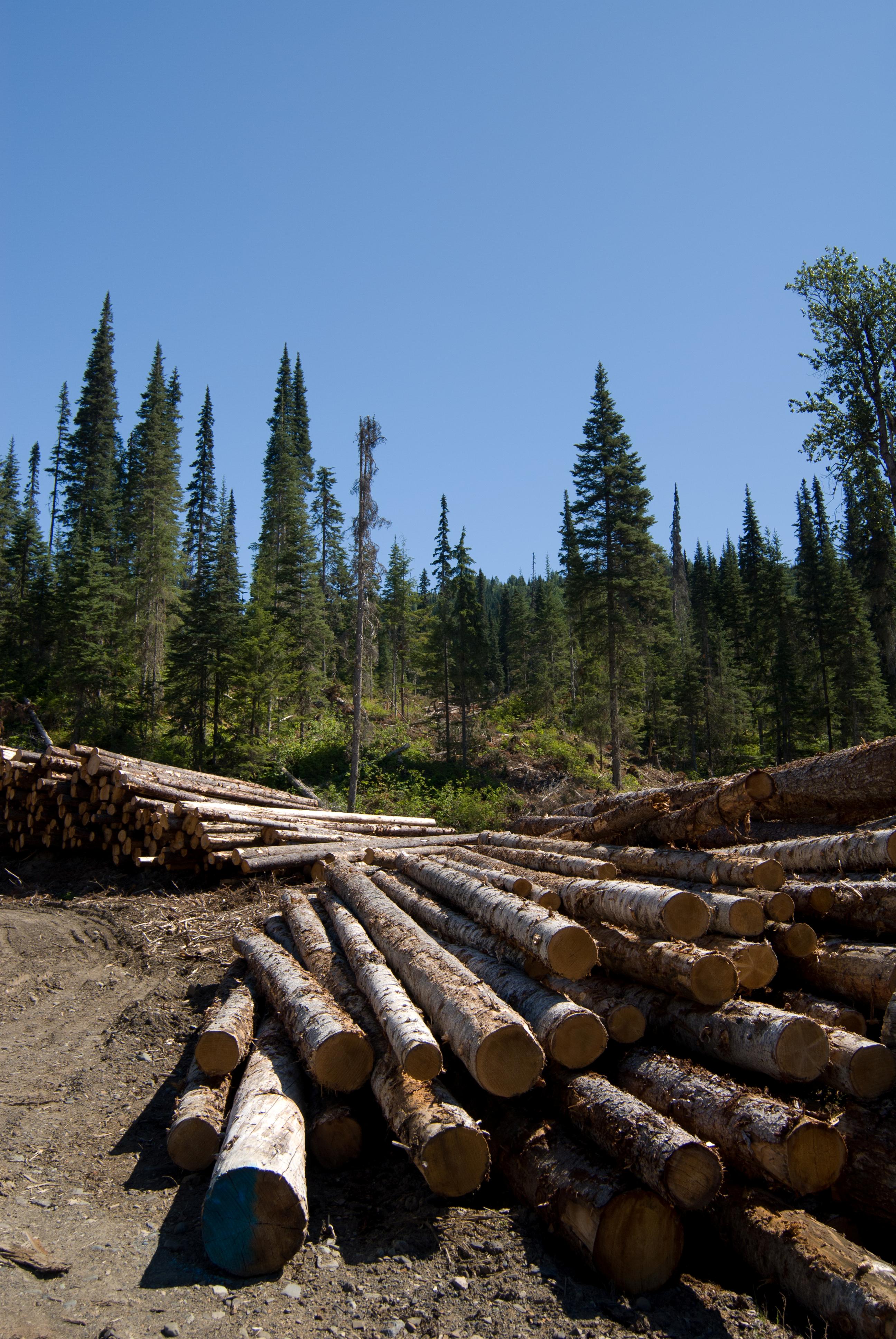Putting a Halt to Tropical Forest Loss is a Matter of Human Survival
Putting a Halt to Tropical Forest Loss is a Matter of Human Survival
(Vienna, 9 September 2019) Never before, it seems, have forests received as much public attention as at present. Sadly, the reasons for this are most distressing: forest fires of unprecedented dimensions all over the globe; a growing lack of resistance of trees to stressors such as drought, pests and diseases; and the uncontrolled exploitation of forests in environmentally sensitive areas.

Forest communicators urged to use science-based facts to fight fake news


MEDIA RELEASE – PDF for download
Freiburg, Germany, 20 September 2017 – Facts are vital tools for communicators striving to help the public understand critical issues such as climate change and the forest sector, according to a session on communication during the 125th Anniversary Congress of the International Union of Forest Research Organizations (IUFRO). Read more…
Fighting Wildlife Crime by Fighting Illegal Timber Trade
Rapid Response to Illegal Timber Trade – Global Assessment Under Way
The theme of this year’s World Environment Day (WED), celebrated on 5 June 2016, is: “The Illegal Trade in Wildlife”. As timber and timber products fall into this very category, this is bringing a hot topic of forestry into the limelight: illegal timber logging. While there is plenty of scientific literature on this subject, a systematic assessment and synthesis has so far been lacking. Now the Global Forest Expert Panels (GFEP), an initiative in the Collaborative Partnership on Forests (CPF) under the coordination of IUFRO, is tackling this task in a Rapid Response Assessment on Illegal Timber Trade.
A Global Strategy Needed for Forest Health and Biosecurity

“Dead and dying Acacia trees in Asia due to infection by the wilt pathogen Ceratocystis.” Photo by Mike Wingfield
Scientists call for innovative solutions and a better-coordinated global approach to manage invasive pests and protect the value and potential of planted forests.
(Pretoria/Vienna 21 August 2015) Forests worldwide are continually under threat from introduced insects and pathogens. This is despite the best biosecurity efforts. Without a concerted global effort to understand and control invasive pests, this problem is expected to worsen as international trade increases. Read more…
A changing forest sector: Globalization triggers bio-economy and the search for new business opportunities
Scientists, practitioners and decision-makers from around the world meet in Vancouver, Canada from 27 to 30 August 2013 to discuss the implications of globalization on forests and their management.
PDF of Press Release for download
(Vancouver/Vienna, 27 August 2013) Globalization is changing forests and the forest sector. Increases in international trade and investments have altered the global business environment for forestry. The growing world population moving towards nine billion by 2050, economic growth, rising resources demand and increasing environmental concerns are other drivers fostering transformation in forestry and the management of forests. New players enter the global market, and the bio-economy –– the production of ‘green’ products from renewable resources –– is gaining weight. From 27 to 30 August 2013, more than 100 representatives from research, industry and government will discuss how global trends influence forest resources, and how new opportunities for forest entrepreneurs and a more resource efficient society can be harnessed. The Conference has been organized by the University of British Columbia (UBC), Faculty of Forestry, on behalf of the Task Force “Resources for the Future” of the International Union of Forest Research Organizations (IUFRO).
Will northern forests be able to stand the heat?
Boreal forests are especially sensitive to global warming and are likely to be severely affected by climate change.
In international climate change negotiations, forest-related deliberations have so far mainly focused on mitigation, rather than adaptation. However, in the particularly vulnerable boreal regions, climate change is progressing too quickly to postpone adaptation action. Flexible approaches tailored to local situations must go hand in hand with substantial reductions of carbon emissions from fossil fuel and deforestation. Otherwise forests are at high risk of entirely losing their carbon-regulating services. This would, in turn, seriously accelerate climate change, a fact that has not yet been fully considered in current model generation.
|


